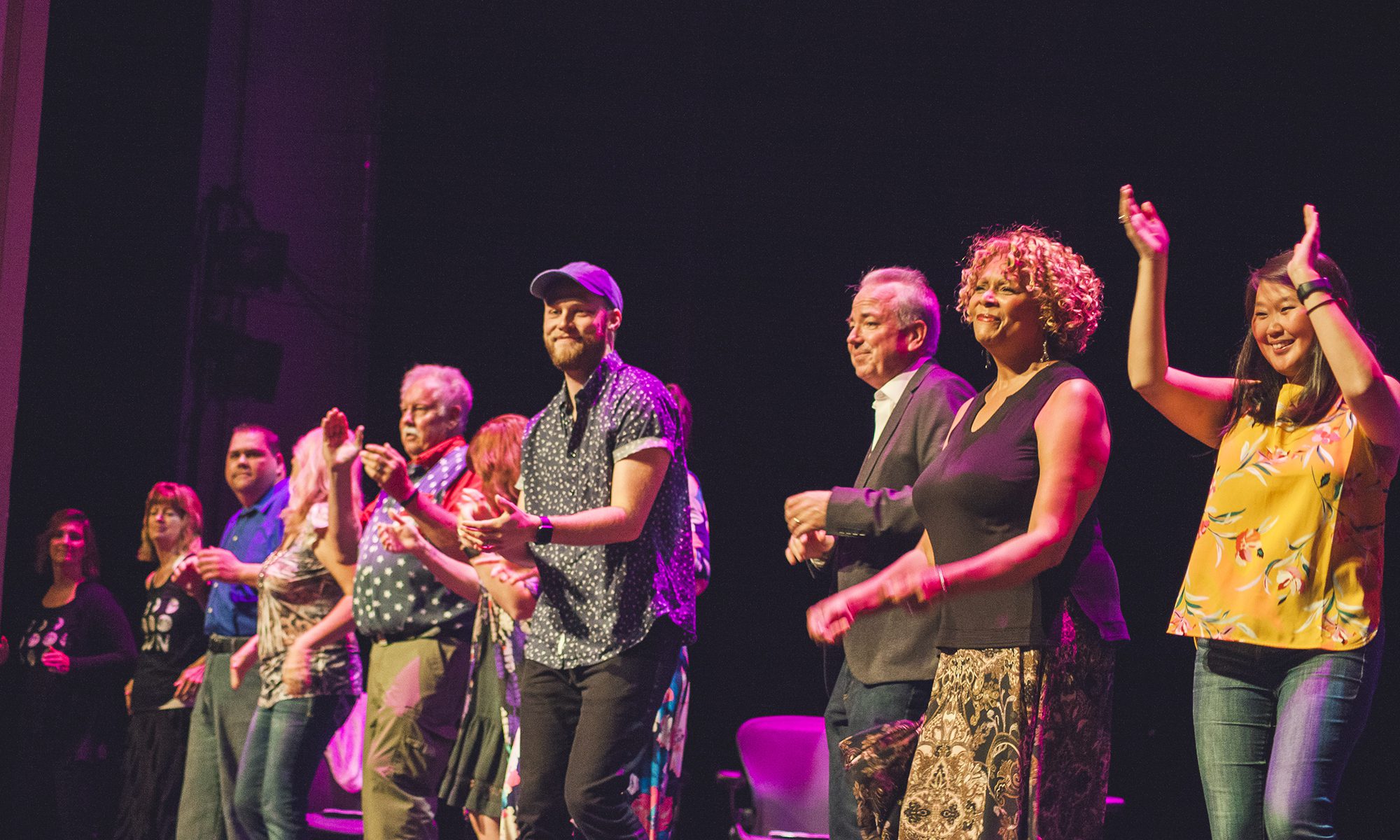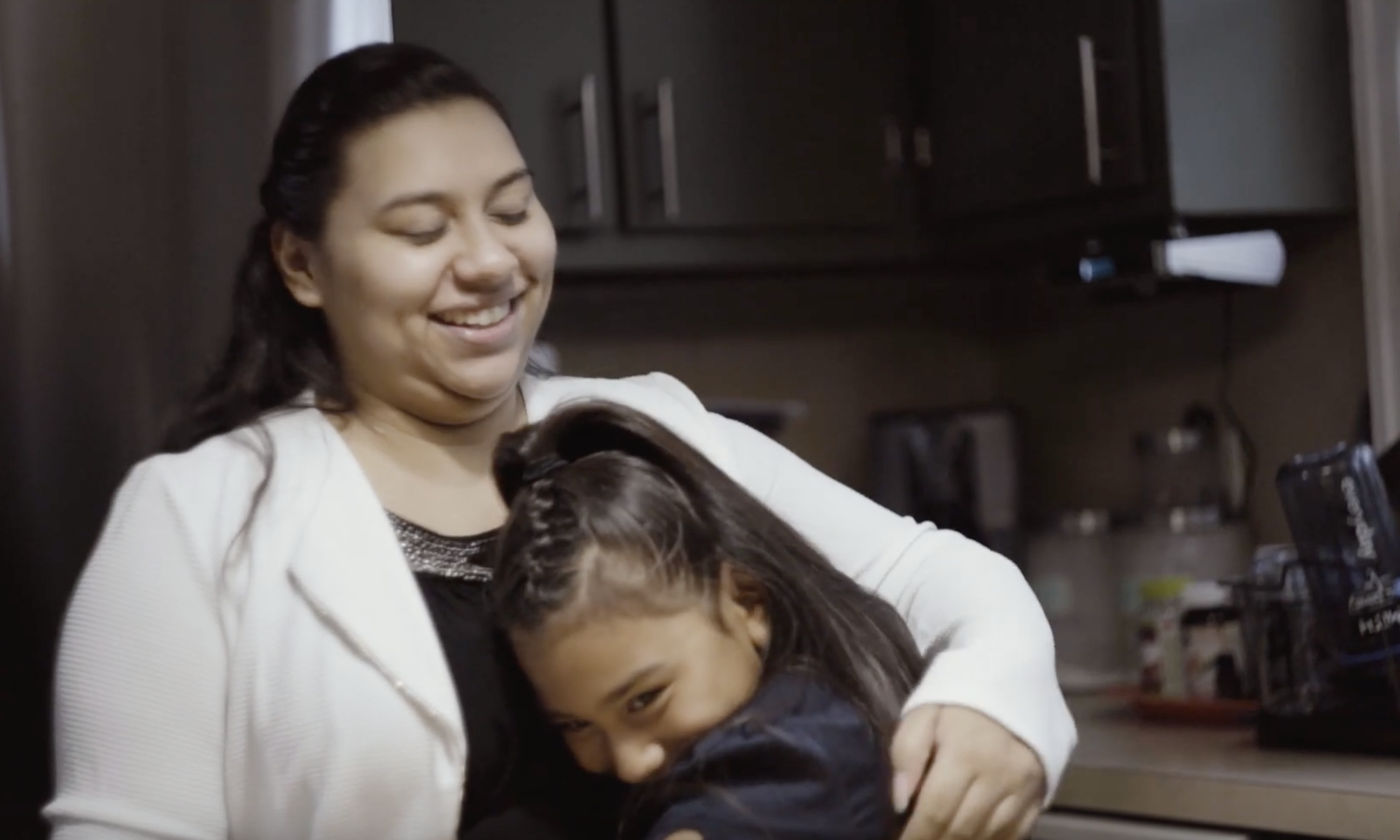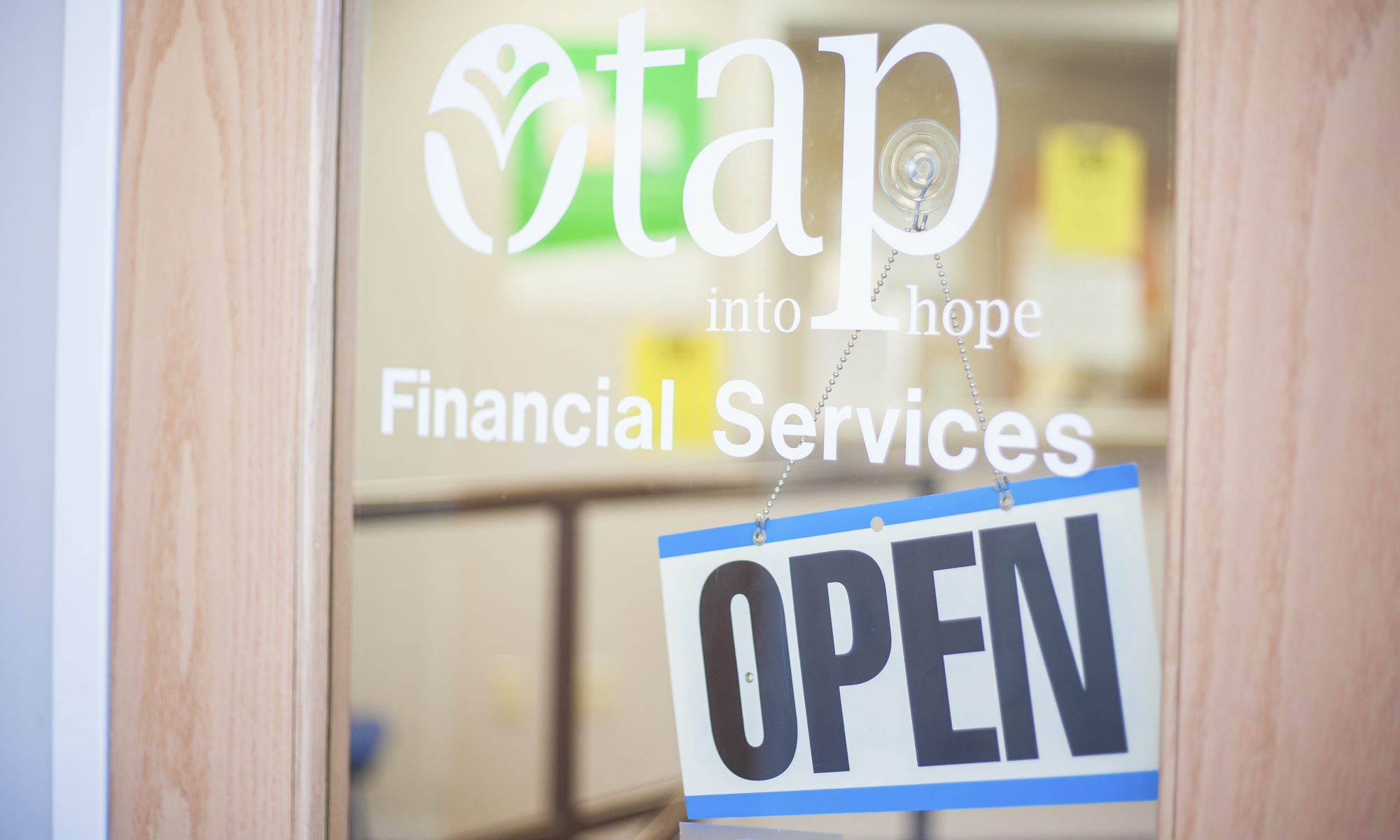Are you ready for Roanoke’s Voice?
A night of singing, celebrities, and delicious food. No, the Grammys are over—we’re talking about singing competition and fundraiser Roanoke’s Voice. This annual event is coming up on May 30, and this year there’s a new twist! We recently caught up with the director of TAP Domestic Violence Services and the organizer of Roanoke’s Voice, to find out the details of this year’s event:
For those who don’t know, what is Roanoke’s Voice?
Roanoke’s Voice is southwest Virginia’s premier musical talent competition. It features performances by top singers from southwest Virginia and local celebrities showing off hidden talent. This year, it will once again be hosted at the Jefferson Center.
Why does TAP host this event?
All proceeds from Roanoke’s Voice benefit families and victims of domestic violence and intimate partner violence. TAP’s Domestic Violence Services—including Sabrina’s Place, the region’s only supervised visitation and safe exchange program for families—provides safety and crisis intervention for survivors of abuse.
What does the event include?
May 30 will be a night full of talented singers competing to be named Roanoke’s Voice. This year, anyone can compete—you can watch the area’s best singers and musicians battle some of your favorite local celebrities for the title! Tickets start at $30 and include delicious food catered by popular local restaurants and a cash bar provided by the Jefferson Center. A VIP experience is also available.
What does a VIP ticket include?
The VIP ticket includes a tour of the backstage area, a private VIP room where you can mingle with the performers (and get autographs!) while enjoying a complimentary catered and bar services, and a personal souvenir. The VIP ticket also provides the best seats in the house and an up-close experience during the show!
You said that anyone can compete. How?
We’re putting out a casting call to all of southwest Virginia’s talented singers. Just post your audition video to the Roanoke’s Voice Facebook page between March 25 and April 3 with the hashtag #RoanokesVoice2019. A poll will be set up on the event page where family, friends, and fans can vote for their favorite performer. Winners will be chosen based on vocal talent and number of votes and will be invited to compete in the main event on May 30.
How can I compete if I don’t have a Facebook account or participate in social media?
This year, only Facebook entries will be allowed. Please consider setting up a temporary account for the contest that can be deleted later.
I don’t sing, but it sounds like a great night. How do I get tickets?
Tickets are on sale now at the Jefferson Center box office at 541 Luck Avenue or online at jeffcenter.org/roanokes-voice2019. Please come out to watch an entertaining competition, cheer on your favorite local singers, and support a good cause.
Find out more about this event and to read the audition guidelines here!



